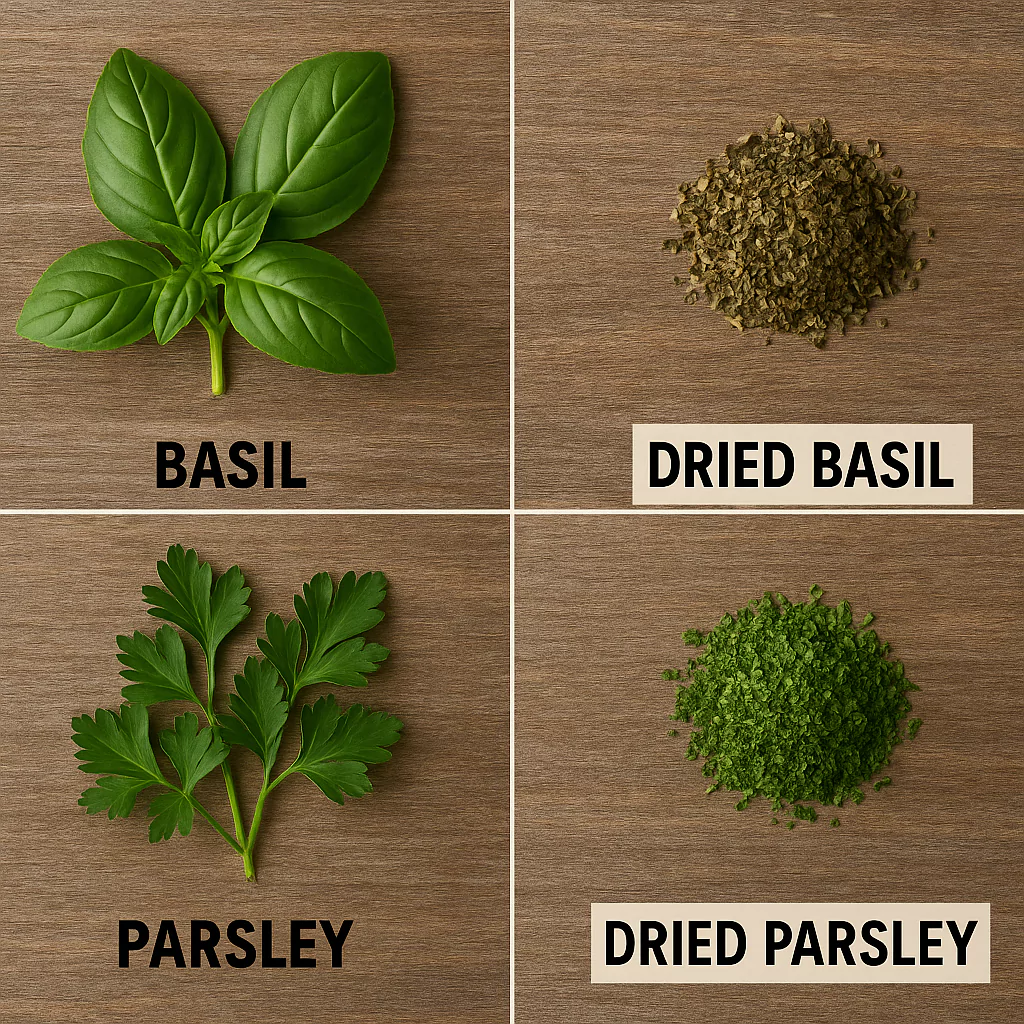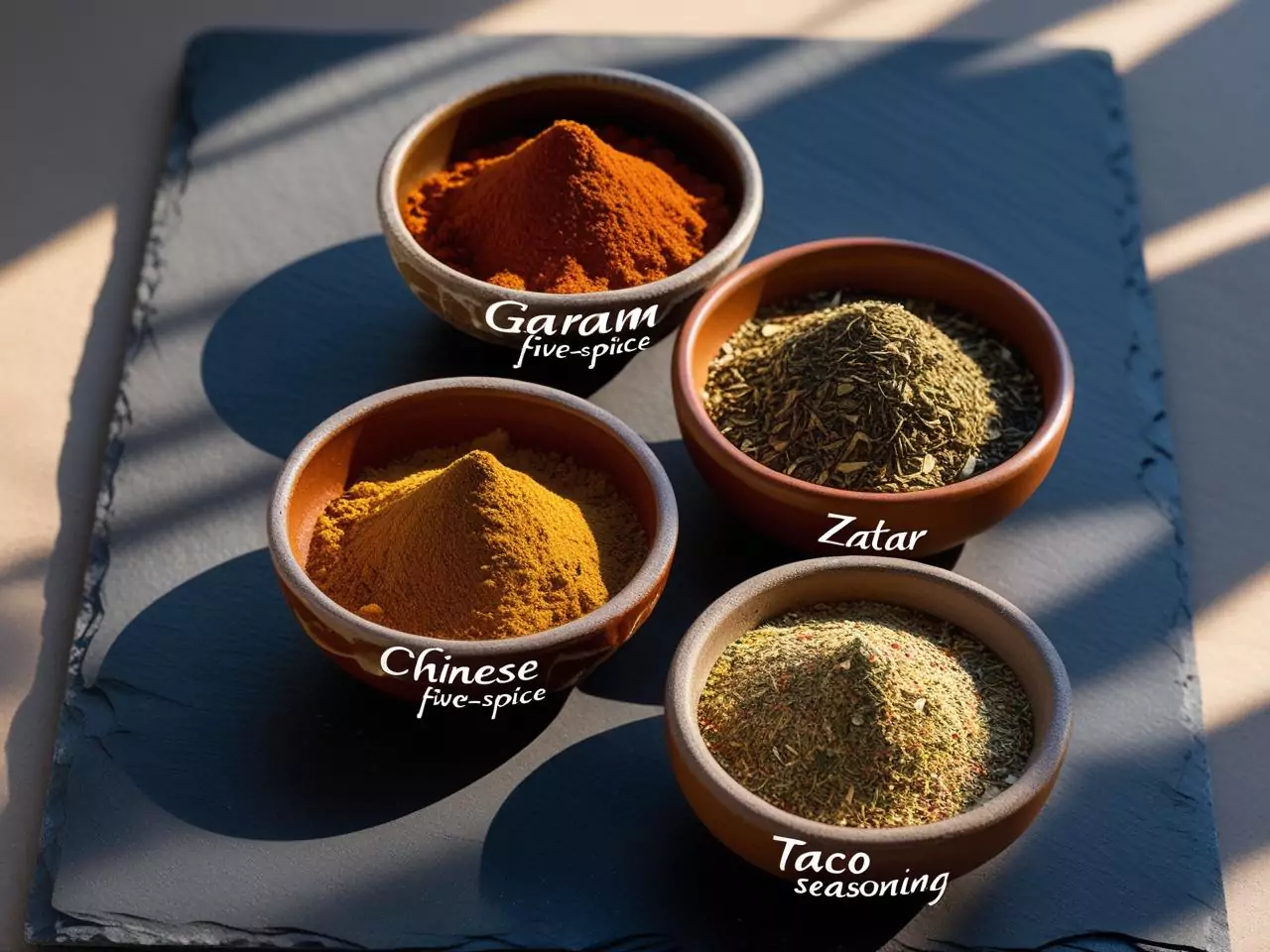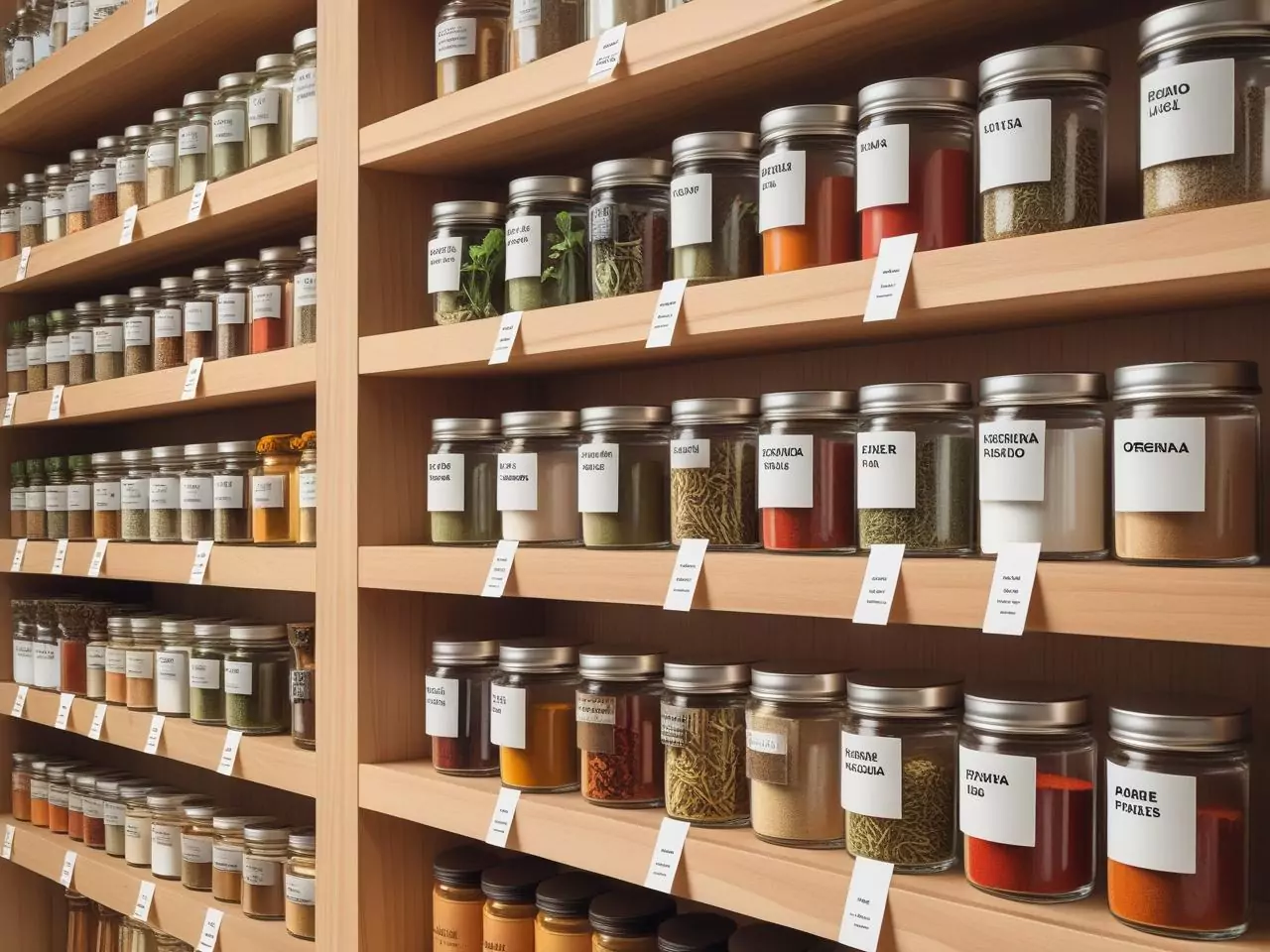
Fresh vs Dried Herb Substitutes (Complete Conversion Guide)
Master herb substitutions with our comprehensive fresh-to-dried ratios and flavor alternatives
Read Complete GuideMaster the art of seasoning with expert-tested spice and herb substitutions. From emergency swaps to custom blends.
Never let missing spices stop your cooking! Complete guides for fresh-to-dried conversions, DIY spice blends, and emergency substitutions that save any recipe.
Every substitution tested by professional chefs in real kitchen conditions
Scientifically matched flavor profiles for the best possible results
Quick solutions when you're missing ingredients mid-recipe
Master seasoning with our comprehensive guides covering herb conversions, spice blend recipes, and emergency substitutions.

Master herb substitutions with our comprehensive fresh-to-dried ratios and flavor alternatives
Read Complete Guide
Create popular spice blends from basic pantry staples - never run out of seasoning again
Read Complete Guide
Quick spice and herb substitutions when you're missing key ingredients mid-recipe
Read Complete GuideUse the 3:1 ratio - 1 tablespoon fresh herbs equals 1 teaspoon dried herbs. Dried herbs are more concentrated because the water has been removed, intensifying their flavor compounds.
Absolutely! Most commercial spice blends are just combinations of basic spices. Making your own ensures freshness, lets you control salt content, and saves money. Start with Italian seasoning and taco seasoning - they're the easiest.
The best emergency swaps are within the same flavor families: garlic powder ↔ onion powder, oregano ↔ marjoram, thyme ↔ oregano. For cumin, try coriander plus a pinch of chili powder.
Spices don't spoil but lose potency over time. Ground spices last 2-3 years, whole spices 4-5 years. If your spices smell weak, use more in substitutions or replace them for best results.
Toasting whole spices before grinding releases essential oils and dramatically improves flavor. Toast in a dry pan for 30-60 seconds until fragrant, then grind. This extra step makes homemade blends taste professional.
Herbs come from the leafy parts of plants (basil, oregano, parsley) while spices come from other parts like seeds (cumin), bark (cinnamon), or roots (ginger). This affects how they're used and substituted in cooking.